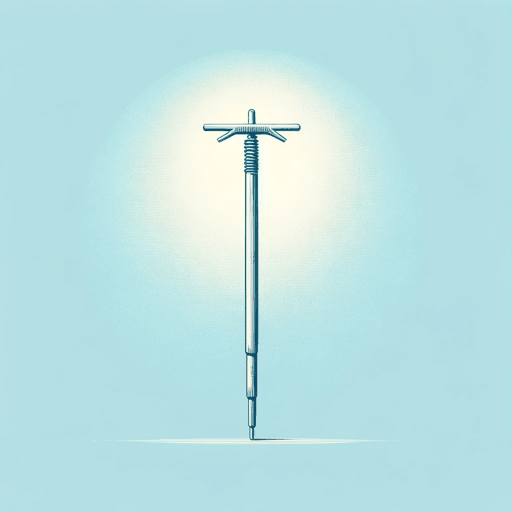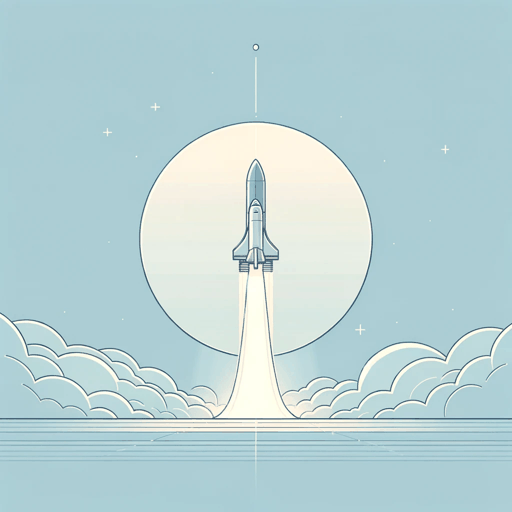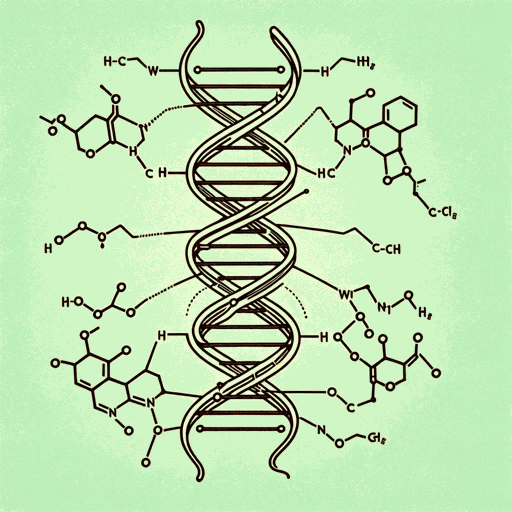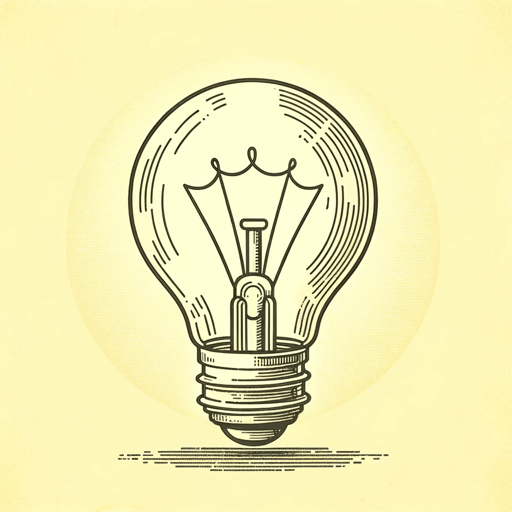40 pages • 1 hour read
Walter IsaacsonSteve Jobs
Nonfiction | Biography | Adult | Published in 2011A modern alternative to SparkNotes and CliffsNotes, SuperSummary offers high-quality Study Guides with detailed chapter summaries and analysis of major themes, characters, and more.
Chapters 15-21Chapter Summaries & Analyses
Chapter 15 Summary
As anticipation grew ahead of the Macintosh launch, IBM was starting to outperform Apple in the personal computer market. In order to address this, Jobs believed that an extraordinary ad campaign would be necessary in order to “stop people in their tracks” (162). Jobs and his team hired Ridley Scott, spending $750,000 on the now famous “1984” television commercial, which portrayed the Mac as the anti-establishment computer that was meant for young rebels eager to avoid the traps of Orwellian control. The commercial launched at the 1984 Super Bowl that year and became a sensation, considered by many in fact to be the greatest TV commercial of all time. When the Mac launched into the marketplace, its success was greatly aided by the “1984” commercial.
Chapter 16 Summary
Isaacson contrasts Bill Gates and Steve Jobs, who shared many superficial similarities (e.g., they both worked in tech and were born in 1955), but who were fundamentally different in terms of their philosophy and approach. While Jobs pursued Eastern spirituality and often lived as a rebellious hippie during his adolescence, Gates was the son of a wealthy Seattle attorney, attending a prominent private school. Gates was timid, geeky, gifted at computer coding.
Related Titles
By Walter Isaacson

Benjamin Franklin: An American Life
Walter Isaacson

Einstein: His Life and Universe
Walter Isaacson

Elon Musk
Walter Isaacson

Leonardo Da Vinci
Walter Isaacson

The Code Breaker: Jennifer Doudna, Gene Editing, and the Future of the Human Race
Walter Isaacson

The Innovators
Walter Isaacson

